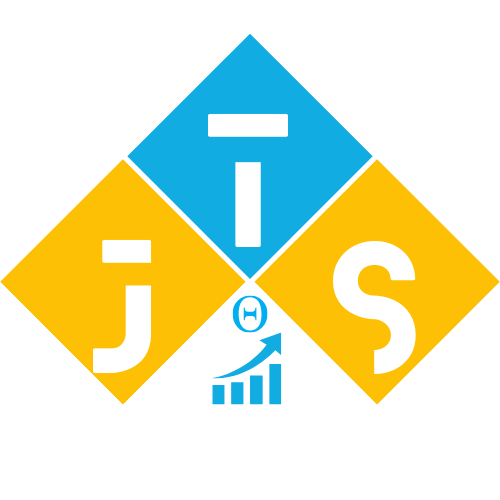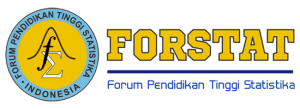Similarity Analysis of the Default Transition of Bond Issuer in Indonesia using Euclidean Distance
Abstract
Keywords
Full Text:
PDFReferences
F.J. Fabozzi, and F.A. Fabozzi, Bond Market, Analysis, and Strategies. Massachusetts: The MIT Press, 2021.
Syamsudin, and M. Khaddafi, “Analisis Komparatif Risiko dan return Pada Saham dan Obligasi di Bursa Efek Indonesia: Implikasi bagi Investor”, Jurnal Ekonomi, Bisnis, dan Manajemen, vol. 3, no. 2, pp. 61-76, Jun. 24, doi: https://doi.org/10.58192/ebismen.v2i3.2209
T. Lei, “Research on Bond Market in Risk Management”, Highlights in Business, Economics, and Management, vol. 41, pp. 414-419, Oct. 24, doi: 10.54097/cdqpfr79.
A. Nugraha, “Analisis Pengaruh Perubahan Bond Rating terhadap Abnormal Return untuk Saham yang Terdaftar di Bursa Efek Indonesia”, Universitas Indonesia, 2010.
OJK, “Peraturan Otoritas Jasa Keuangan Republik Indonesia Nomor 49/POJK.04/2020 Tentang Pemeringkatan Efek Bersifat Utang Dan/Atau Sukuk”, Lembaran Negara Republik Indonesia, no. 273, 2020.
PEFINDO, “Rating Definition”, 2025. https://www.pefindo.com/services.
M. A. Aslam, “Does the Percentage of Investment Grades Given by Rating Agencies Impact their Market Share?”, Financial Markets, Institutions, and Risks, vol. 4, no.1, pp. 5-31, Apr. 20, doi: http://doi.org/10.21272/fmir.4(1).5-31.2020.
M. D. Hadad, W. Santoso, B. Santoso, D. Besar, and I. Rulina, “Rating Migration Matrices: Empirical Evidence in Indonesia”, IFC Buletin, no. 31, Apr. 20.
PEFINDO, “The Default Study of Corporate and Corporate Debt Securities Rated by PEFINDO”, 2023. https://www.pefindo.com/default-study.
S. Rahardjo, Panduan Investasi Obligasi. Jakarta: PT Gramedia Pustaka Utama, 2004.
H. Anton, and C. Rorres, Elementary Linear Algebra. USA: Wiley, 2014.
F. N. Masuku, Y. A. R. Langi, and C. Mongi, “Analisisi Rantai Markov untuk Memprediksi Perpindahan Konsumen Maskapai Penerbangan Rute Manado-Jakarta”, Jurnal Ilmiah Sains, vol. 18, no. 2, pp. 75-79, Oct. 18.
S. M. Ross, Introduction to Probability Models. Burlington: Elsevier, 2007.
J. H. E. Christensen, E. Hansen, and D. Lando, “Confidence Sets for Continous-Time Rating Transition Probabilities”, Journal of Banking & Finance, vol. 28, no. 11, pp. 2575-2602, Aug 04, doi: 10.1016/j.jbankfin.2004.06.003.
G. M. Venturini, “Statistical Distance and Probability Metrics for Multivariate Data, Ensembles and Probability Distribution”, Department of Statistics Universidad Carlos III De Madrid, 2015.
C. P. Kitsos, and C-S. Nisiotis, “Considering Distance Measures in Statistics”, Biometrical Letters, vol. 59, no.1, pp. 65-75, Jun. 22, doi: 10.2478/bile-2022-0006.
DOI: http://dx.doi.org/10.62870/tjs.v1i1.31335
Refbacks
- There are currently no refbacks.
Copyright (c) 2025 Aulia Ikhsan
This work is licensed under Creative Commons Attribution 4.0 International









